NATO: An inadequate strategic concept?
Saturday, 04.12.2010.
19:31

NATO: An inadequate strategic concept? The alliance is divided, however, particularly over the issue of how to handle Russia’s renewed strength. This division has made it difficult for NATO to craft a Strategic Concept that effectively addresses all the issues the alliance currently faces, including the ongoing military operation in Afghanistan and what some NATO members see as a renewed threat from Russia. Leaders of NATO member states met in Lisbon on Nov. 19-20 to adopt a new Strategic Concept — essentially NATO’s mission statement. Russian President Dmitri Medvedev was invited to the summit to take part in the NATO-Russia Council summit following the NATO leaders’ meeting. The Lisbon summit was the most important gathering of NATO leaders so far this century. Not only was the summit meant to put the final touches on the Strategic Concept, it also was taking place during two ongoing geopolitical developments: the alliance’s largest-ever military operations in Afghanistan, and Russia’s resurgence. The challenge for NATO was to formulate a Strategic Concept that satisfies all 28 members while navigating the engagement in Afghanistan and addressing fears among some members about Russian encroachment. Judging from the Strategic Concept adopted at the summit, it is unclear that this challenge has been — or can be — met. (Beta/AP) NATO’s recent history The end of the Cold War gave NATO an opportunity, but also a challenge: It lost its enemy. A military alliance without an enemy loses its underlying rationale and unifying force. The decade immediately following the Cold War also lacked any real strategic or existential threats to the NATO member states and was characterized by a preponderance of U.S. power. The civil wars in the Balkans provided NATO with sufficient impetus for an evolution, since Western European alliance members were unable to deal with the crisis in their own backyard without U.S. intervention. NATO’s first military operation — ever — was the 1995 Operation Deliberate Force air campaign against Bosnian Serb forces. Equally significant for NATO’s immediate post-Cold War relevance was its seal of approval for former Communist and Soviet-bloc states seeking to join the West. Enlargement gave NATO a complex project that took nearly two decades. However, enlargement also reminded Moscow that the alliance never ceased being a threat and was now slowly encroaching on its borders. Moscow could do nothing at the time, but it took note. NATO’s first two Strategic Concepts of the post-Cold War era — penned in 1991 and 1999 — therefore attempted to handle the new threat environment that in fact lacked any true threats, while accounting for enlargement. The 1999 document, written during NATO’s air war against Yugoslavia, set the precedent for the expansion of NATO operations beyond mere self-defense, to account for humanitarian interventions and conflict prevention. This was a change from the 1991 mission statement that, “The Alliance is purely defensive in purpose: none of its weapons will ever be used except in self-defense.” Ultimately, the 1990s were years of optimism and exuberance. Neither Strategic Concept prepared the alliance — nor could they have — for the post-9/11 U.S. involvement in the Middle East or Russia’s growing influence in Eurasia. The last 10 years have seen NATO launch its largest military engagement in Afghanistan, engage in counterpiracy operations off the Horn of Africa and train security forces in Iraq. The 2010 Strategic Concept has attempted to adjust the mission statements from the 1990s to account for these engagements and to deal with the 28 member states’ disparate threat environment calculations. Russian resurgence As NATO member states plan for the next decade, Russia is working aggressively to restore its former power at home and in the region after its post-Soviet slumber. Russia today is starting to look like the Soviet Union that was NATO’s top target during the Cold War. This return to power could have only happened due to NATO’s — and particularly Washington’s — preoccupation with other issues. NATO’s reconsideration of Russia as a top threat allowed the broken state time to regroup after the fall of the Soviet Union and chaos of the 1990s, while NATO’s aggressive enlargement gave Moscow the impetus (and legitimization) for resurgence. But first the Kremlin — under then-president and current Prime Minister Vladimir Putin — had to regain control of the country politically, economically, socially and most of all in matters of domestic security. Under Putin, the Federal Security Service (FSB, the successor to the KGB) was united and strengthened, the strategic parts of the economy were brought back under state control, security concerns — like Chechnya — were addressed and the idea of a strong united Russia was reinstated through the rule of one main political party — the aptly named United Russia. This massive consolidation took Putin roughly six years and gave Moscow a firm foundation so that it could start looking beyond its borders. But even if it is domestically consolidated, Russia is still threatened on all sides, surrounded by other regional powers (China, Iran and Turkey) and Western powers. Throughout history, this has forced Russia to push out from its core and create a buffer between it and these other powers, pushing its influence or borders over surrounding countries as it did during the Soviet Union, when it unified with 13 other states (and controlled seven other states under the Warsaw Pact). Starting in 2005, Russia began feeling comfortable enough with its domestic consolidation that it began to lay the groundwork for resurgence in its former Soviet states. But by then, many of the former Soviet states had been Westernized. The Baltic states were a part of the European Union and NATO — as were nearly all former Warsaw Pact states — while Ukraine, Georgia and Kyrgyzstan had had pro-Western color revolutions. Western investment and support had spread across Central Asia, the Caucasus and into the European former Soviet states. Russia had a lot of work to do. But there would have been little opportunity for Russia to have had a successful resurgence into the former Soviet states if NATO — especially its main backer, the United States — had not been focused beyond Eurasia. While NATO focused more on the Islamic world, Russia militarily intervened in Georgia (resulting in a de-facto occupation of a quarter of the country), moved military bases into southern Central Asia and Armenia, united Belarus and Kazakhstan into an economic union and facilitated the election of pro-Russian forces in Ukraine and Kyrgyzstan. NATO fractures Russia’s resurgence would not have been so effective had NATO as a whole perceived its rise as a threat. However, Berlin and Paris are far less worried about a strong Moscow than are Warsaw, Bucharest and other Central European capitals. Therefore, when it came to extending NATO membership to Ukraine and Georgia in order to lock those countries in the alliance structure, NATO became fractured. Germany in particular did not want to sacrifice its developing economic and energy relations with Russia for the sake of guarantees to countries on Europe’s borderland, far from Berlin. This is at the heart of the divergence of priorities among NATO members. Those alliance members in Central Europe, on Russia’s doorstep, see how powerful the country has become and how successful it has been in regaining its former might. Though this has been evident for quite a few years, Russia is now almost done consolidating its former Soviet states and could move its focus to many of the newer NATO members abutting Russia’s borders, like the Baltic States. NATO: An inadequate strategic concept? NATO breaks into three groups on this and other issues (with Russia as the main point of contention): the United States and its “Atlanticist” allies (such as the Netherlands, Denmark and the United Kingdom), Core Europe (led by Germany and France) and the Central Europeans. Washington and its strongest NATO allies are wary of Russia and suspicious of its intentions, but they also want the alliance’s emphasis to include issues like post-conflict operations and terrorism, not just defense against Russia. Core Europe wants to maintain its good relations with Russia and not provoke it with an alliance that is concentrating on rolling back Moscow’s control of its sphere of influence. Polish Foreign Minister Radoslaw Sikorski summed up the Central European position best when he said before the Lisbon summit that Warsaw is happy to see improved NATO-Russia relations, but not at the cost of Central Europe’s security. Central Europe wants to be reassured, but Berlin and Paris do not want to give Central Europe anything but token reassurances due to their relationship with Moscow. This is where the issue of ballistic missile defense (BMD) comes in. The United States wants a NATO-wide BMD system to spread costs of the system and to make it less controversial to Moscow. Germany wants a NATO-wide BMD if it involves Russia. The Central Europeans are skeptical of a BMD system that involves Russia and will pursue bilateral air defense deals with the United States on the side — as Romania has recently indicated and Poland is already doing with the deployment of U.S. Patriot missiles. This is why it is unclear what Russian participation in a NATO-wide BMD system — as was announced at the summit — really means. It certainly means different things to different people. Czech President Vaclav Klaus already said it certainly does not mean that it is a joint system, a view that many fellow Central Europeans may very well share. Beyond Russia, the United States wants NATO to concentrate on the terrorist threat, increase its military spending and help in post-conflict missions. The Core Europeans are particularly wary of any further engagements and want NATO to both reaffirm the U.N. Security Council primacy in international affairs — so as to limit U.S. unilateralism taking the alliance on various “adventures” — and to look more to conflict prevention, rather than post-conflict nation-building. The Central Europeans are also skeptical of further U.S. distractions. They joined the United States in Iraq and Afghanistan because they thought they would get security guarantees from Washington at home in return. Now that those guarantees are unclear, the Central Europeans want NATO to reaffirm its commitment to the defense of the European continent from conventional threats, meaning Russia. Ultimately, both the Core and Central Europeans take their cues on Russia from the developing Washington-Moscow relationship upon which many issues hang. U.S.-Russia relations As Russia gained strength, there were times during NATO’s preoccupation in the Islamic world when the United States — not a unified NATO — attempted to counter Russia’s resurgence. Washington pushed back against Moscow in several ways. First, it shored up its bilateral alliances in Central Europe via military supplies, new military bases and proposed BMD installations. The United States also attempted to solidify support for Georgia — a move that proved untenable when Russia went to war with Georgia without a U.S. response. Relations between Russia and the United States deteriorated. But Washington and Moscow both stepped back from their aggressive stances when U.S. President Barack Obama took office. Shifting tactics, both countries brokered an understanding that each had larger issues to focus on at the time, so the growing hostilities would be put on hold — at least temporarily. The United States needed Russia to cut its support for Tehran, sign on to sanctions against Iran and logistically support military operations in Afghanistan. Russia needed the United States to step back from its support of Georgia, freeze plans for BMD in Central Europe and help with Russia’s modernization and privatization programs. Such an understanding is naturally shaky, but both Washington and Moscow knew this going in. They used the new START nuclear reduction treaty — agreed upon in April — as an icebreaker and then as a bellwether for the success of the warming relations between the United States and Russia. The understanding between Moscow and Washington did not include a slowdown of Russia’s resurgence. When the United States pulled back from aggressively countering Russia, the countries Washington was protecting — the Central Europeans and Georgia —felt abandoned and defenseless. These states also were unable to turn to the traditional powers in Europe: Germany and France had already decided it was better to balance their relations with Russia than stand up against it — especially to protect the Central Europeans. At a loss for options, some Central Europeans — like Poland — shifted their stances and attempted to reach an understanding with Russia. Other Central Europeans have maintained hope that the United States soon will be able to refocus on Eurasia and support them once again. But STRATFOR has seen small signs that the temporary warming of relations between Russia and the United States could be breaking down. Russian media have reported that Moscow is forging new contracts on military-technical support for Iran. Washington has pulled back from allowing a NATO BMD deal to substitute for any potential bilateral agreements Washington makes with the Central European states. Also, STRATFOR sources in Moscow have said Washington could be supporting third-party groups supplying Georgia with arms, though this is unconfirmed. And then there is START — the bellwether. Over the summer, it looked as if START would pass easily in both countries’ legislatures. But then the United States held elections, which gave Republicans — who are traditionally firmer against Russia — more clout in Washington. Senior senators in the Republican Party are now holding out on ratifying START in its current form or even allowing it to be taken up for discussion. There is the question of whether the lame-duck session can pass it before the new Congress convenes early next year. Moscow has taken this as a sign that Obama cannot deliver on his promises, for if he cannot get START ratified, then how will he deliver on the other issues agreed upon? It is not that Russia and the United States thought their recent friendliness would not break down eventually; this is why both countries have kept abilities to resume activity in former areas of contention (in particular, the Russia-Iran connection and Washington’s ties to Georgia). But going into the NATO summit, many Western Europeans were counting on the U.S.-Russian detente to still be in effect, allowing them to be more comfortable in negotiations with both NATO members and with Russia. However, the Central European states are most likely relieved that the cracks in the detente are starting to show, as it will allow them to be more aggressive toward Russia. So in essence, the disintegration of U.S.-Russian relations will divide the already-fracturing NATO even further. NATO’s future At the Lisbon summit, NATO reached two main conclusions. First, it adopted the 2010 Strategic Concept. Second, it decided to build a NATO-wide BMD network and invited Russia to participate. The details of Russian participation will have to wait until June 2011 to be hashed out, but it seems that whatever Moscow’s participation is, it will not be given joint control over the BMD. STRATFOR could spend a great deal of time going over the nearly 4,000-word Strategic Concept. But if a mission statement requires that many words, it probably means the mission is not easily stated or agreed upon. The concept covers everything from energy security to network security to climate change. The Central European requirement for reassurances that self-defense is still central is fulfilled, because it is mentioned first in every section. But it will take more than starting each paragraph by hinting at NATO’s self-defense to assure the Central Europeans that the alliance is sincere about the issue. What is most troubling for the Central Europeans is that the Russian envoy to NATO, Dmitri Rogozin, called the Strategic Concept “balanced.” A happy Rogozin means a happy Kremlin, and that means the Central Europeans did not receive guarantees from the United States and Core Europe that in any way concern Russia. The Central Europeans might not voice this publicly, but they certainly are beginning to hint at their concerns through both opinion pieces published in Central European capitals and written immediately after the summit, and in statements minimizing Russia’s — or their own — participation in the NATO-wide BMD system. Rogozin added that although the Strategic Concept leaves the possibility of further enlargement on the table via its Open Door policy, “this is furnished with the quite correct wording that these countries should meet the membership criteria.” One of the criteria, incidentally, is not having any territorial disputes — a requirement Moscow can certainly make sure Georgia can never fulfill. NATO will not disappear. It is here to stay, if for no other reason than inertia. It will still have a useful role to play in anti-piracy missions, post-conflict cleanups and as a seal of approval for the few Western Balkan states which have yet to join the West. But the Europeans are already developing alternatives. First, sensing that Russia is no longer worried about NATO, the Central Europeans will start looking at bilateral agreements with the United States. This is already occurring in the area of missile defense. Second, other European countries will form agreements among themselves. The Scandinavian countries, which are divided between NATO and non-NATO states, are already making military agreements with the Baltic states, which Sweden and Finland see as their own sphere of influence. The French are developing amphibious capabilities with the United Kingdom and Mediterranean countries on their own and have signed a defensive agreement with the United Kingdom to balance their political and economic relationship with Germany. Paris is also looking to sell Moscow an advanced helicopter carrier despite the Baltic chagrin over such a deal. This independent movement among NATO and non-NATO states is just more evidence that the alliance’s continued existence alone will not save it from irrelevancy. This article is republished with permission of STRATFOR NATO leaders met in Lisbon on Nov. 19-20 to draft a new Strategic Concept — essentially a new mission statement for the alliance. Lauren Goodrich Marko Papic "NATO will not disappear. It is here to stay, if for no other reason than inertia. It will still have a useful role to play in anti-piracy missions... and as a seal of approval for the few Western Balkan states..."
NATO: An inadequate strategic concept?
The alliance is divided, however, particularly over the issue of how to handle Russia’s renewed strength. This division has made it difficult for NATO to craft a Strategic Concept that effectively addresses all the issues the alliance currently faces, including the ongoing military operation in Afghanistan and what some NATO members see as a renewed threat from Russia.Leaders of NATO member states met in Lisbon on Nov. 19-20 to adopt a new Strategic Concept — essentially NATO’s mission statement. Russian President Dmitri Medvedev was invited to the summit to take part in the NATO-Russia Council summit following the NATO leaders’ meeting.
The Lisbon summit was the most important gathering of NATO leaders so far this century. Not only was the summit meant to put the final touches on the Strategic Concept, it also was taking place during two ongoing geopolitical developments: the alliance’s largest-ever military operations in Afghanistan, and Russia’s resurgence. The challenge for NATO was to formulate a Strategic Concept that satisfies all 28 members while navigating the engagement in Afghanistan and addressing fears among some members about Russian encroachment. Judging from the Strategic Concept adopted at the summit, it is unclear that this challenge has been — or can be — met.
NATO’s recent history
The end of the Cold War gave NATO an opportunity, but also a challenge: It lost its enemy. A military alliance without an enemy loses its underlying rationale and unifying force. The decade immediately following the Cold War also lacked any real strategic or existential threats to the NATO member states and was characterized by a preponderance of U.S. power. The civil wars in the Balkans provided NATO with sufficient impetus for an evolution, since Western European alliance members were unable to deal with the crisis in their own backyard without U.S. intervention. NATO’s first military operation — ever — was the 1995 Operation Deliberate Force air campaign against Bosnian Serb forces.Equally significant for NATO’s immediate post-Cold War relevance was its seal of approval for former Communist and Soviet-bloc states seeking to join the West. Enlargement gave NATO a complex project that took nearly two decades. However, enlargement also reminded Moscow that the alliance never ceased being a threat and was now slowly encroaching on its borders. Moscow could do nothing at the time, but it took note.
NATO’s first two Strategic Concepts of the post-Cold War era — penned in 1991 and 1999 — therefore attempted to handle the new threat environment that in fact lacked any true threats, while accounting for enlargement. The 1999 document, written during NATO’s air war against Yugoslavia, set the precedent for the expansion of NATO operations beyond mere self-defense, to account for humanitarian interventions and conflict prevention. This was a change from the 1991 mission statement that, “The Alliance is purely defensive in purpose: none of its weapons will ever be used except in self-defense.” Ultimately, the 1990s were years of optimism and exuberance. Neither Strategic Concept prepared the alliance — nor could they have — for the post-9/11 U.S. involvement in the Middle East or Russia’s growing influence in Eurasia.
The last 10 years have seen NATO launch its largest military engagement in Afghanistan, engage in counterpiracy operations off the Horn of Africa and train security forces in Iraq. The 2010 Strategic Concept has attempted to adjust the mission statements from the 1990s to account for these engagements and to deal with the 28 member states’ disparate threat environment calculations.
Russian resurgence
As NATO member states plan for the next decade, Russia is working aggressively to restore its former power at home and in the region after its post-Soviet slumber. Russia today is starting to look like the Soviet Union that was NATO’s top target during the Cold War. This return to power could have only happened due to NATO’s — and particularly Washington’s — preoccupation with other issues. NATO’s reconsideration of Russia as a top threat allowed the broken state time to regroup after the fall of the Soviet Union and chaos of the 1990s, while NATO’s aggressive enlargement gave Moscow the impetus (and legitimization) for resurgence.But first the Kremlin — under then-president and current Prime Minister Vladimir Putin — had to regain control of the country politically, economically, socially and most of all in matters of domestic security. Under Putin, the Federal Security Service (FSB, the successor to the KGB) was united and strengthened, the strategic parts of the economy were brought back under state control, security concerns — like Chechnya — were addressed and the idea of a strong united Russia was reinstated through the rule of one main political party — the aptly named United Russia. This massive consolidation took Putin roughly six years and gave Moscow a firm foundation so that it could start looking beyond its borders.
But even if it is domestically consolidated, Russia is still threatened on all sides, surrounded by other regional powers (China, Iran and Turkey) and Western powers. Throughout history, this has forced Russia to push out from its core and create a buffer between it and these other powers, pushing its influence or borders over surrounding countries as it did during the Soviet Union, when it unified with 13 other states (and controlled seven other states under the Warsaw Pact).
Starting in 2005, Russia began feeling comfortable enough with its domestic consolidation that it began to lay the groundwork for resurgence in its former Soviet states. But by then, many of the former Soviet states had been Westernized. The Baltic states were a part of the European Union and NATO — as were nearly all former Warsaw Pact states — while Ukraine, Georgia and Kyrgyzstan had had pro-Western color revolutions. Western investment and support had spread across Central Asia, the Caucasus and into the European former Soviet states.
Russia had a lot of work to do. But there would have been little opportunity for Russia to have had a successful resurgence into the former Soviet states if NATO — especially its main backer, the United States — had not been focused beyond Eurasia. While NATO focused more on the Islamic world, Russia militarily intervened in Georgia (resulting in a de-facto occupation of a quarter of the country), moved military bases into southern Central Asia and Armenia, united Belarus and Kazakhstan into an economic union and facilitated the election of pro-Russian forces in Ukraine and Kyrgyzstan.
NATO fractures
Russia’s resurgence would not have been so effective had NATO as a whole perceived its rise as a threat. However, Berlin and Paris are far less worried about a strong Moscow than are Warsaw, Bucharest and other Central European capitals. Therefore, when it came to extending NATO membership to Ukraine and Georgia in order to lock those countries in the alliance structure, NATO became fractured. Germany in particular did not want to sacrifice its developing economic and energy relations with Russia for the sake of guarantees to countries on Europe’s borderland, far from Berlin.This is at the heart of the divergence of priorities among NATO members. Those alliance members in Central Europe, on Russia’s doorstep, see how powerful the country has become and how successful it has been in regaining its former might. Though this has been evident for quite a few years, Russia is now almost done consolidating its former Soviet states and could move its focus to many of the newer NATO members abutting Russia’s borders, like the Baltic States.
NATO: An inadequate strategic concept?
NATO breaks into three groups on this and other issues (with Russia as the main point of contention): the United States and its “Atlanticist” allies (such as the Netherlands, Denmark and the United Kingdom), Core Europe (led by Germany and France) and the Central Europeans. Washington and its strongest NATO allies are wary of Russia and suspicious of its intentions, but they also want the alliance’s emphasis to include issues like post-conflict operations and terrorism, not just defense against Russia.Core Europe wants to maintain its good relations with Russia and not provoke it with an alliance that is concentrating on rolling back Moscow’s control of its sphere of influence. Polish Foreign Minister Radoslaw Sikorski summed up the Central European position best when he said before the Lisbon summit that Warsaw is happy to see improved NATO-Russia relations, but not at the cost of Central Europe’s security. Central Europe wants to be reassured, but Berlin and Paris do not want to give Central Europe anything but token reassurances due to their relationship with Moscow.
This is where the issue of ballistic missile defense (BMD) comes in. The United States wants a NATO-wide BMD system to spread costs of the system and to make it less controversial to Moscow. Germany wants a NATO-wide BMD if it involves Russia. The Central Europeans are skeptical of a BMD system that involves Russia and will pursue bilateral air defense deals with the United States on the side — as Romania has recently indicated and Poland is already doing with the deployment of U.S. Patriot missiles. This is why it is unclear what Russian participation in a NATO-wide BMD system — as was announced at the summit — really means. It certainly means different things to different people. Czech President Vaclav Klaus already said it certainly does not mean that it is a joint system, a view that many fellow Central Europeans may very well share.
Beyond Russia, the United States wants NATO to concentrate on the terrorist threat, increase its military spending and help in post-conflict missions. The Core Europeans are particularly wary of any further engagements and want NATO to both reaffirm the U.N. Security Council primacy in international affairs — so as to limit U.S. unilateralism taking the alliance on various “adventures” — and to look more to conflict prevention, rather than post-conflict nation-building. The Central Europeans are also skeptical of further U.S. distractions. They joined the United States in Iraq and Afghanistan because they thought they would get security guarantees from Washington at home in return. Now that those guarantees are unclear, the Central Europeans want NATO to reaffirm its commitment to the defense of the European continent from conventional threats, meaning Russia.
Ultimately, both the Core and Central Europeans take their cues on Russia from the developing Washington-Moscow relationship upon which many issues hang.
U.S.-Russia relations
As Russia gained strength, there were times during NATO’s preoccupation in the Islamic world when the United States — not a unified NATO — attempted to counter Russia’s resurgence. Washington pushed back against Moscow in several ways. First, it shored up its bilateral alliances in Central Europe via military supplies, new military bases and proposed BMD installations. The United States also attempted to solidify support for Georgia — a move that proved untenable when Russia went to war with Georgia without a U.S. response. Relations between Russia and the United States deteriorated.But Washington and Moscow both stepped back from their aggressive stances when U.S. President Barack Obama took office. Shifting tactics, both countries brokered an understanding that each had larger issues to focus on at the time, so the growing hostilities would be put on hold — at least temporarily. The United States needed Russia to cut its support for Tehran, sign on to sanctions against Iran and logistically support military operations in Afghanistan. Russia needed the United States to step back from its support of Georgia, freeze plans for BMD in Central Europe and help with Russia’s modernization and privatization programs.
Such an understanding is naturally shaky, but both Washington and Moscow knew this going in. They used the new START nuclear reduction treaty — agreed upon in April — as an icebreaker and then as a bellwether for the success of the warming relations between the United States and Russia.
The understanding between Moscow and Washington did not include a slowdown of Russia’s resurgence. When the United States pulled back from aggressively countering Russia, the countries Washington was protecting — the Central Europeans and Georgia —felt abandoned and defenseless. These states also were unable to turn to the traditional powers in Europe: Germany and France had already decided it was better to balance their relations with Russia than stand up against it — especially to protect the Central Europeans.
At a loss for options, some Central Europeans — like Poland — shifted their stances and attempted to reach an understanding with Russia. Other Central Europeans have maintained hope that the United States soon will be able to refocus on Eurasia and support them once again.
But STRATFOR has seen small signs that the temporary warming of relations between Russia and the United States could be breaking down. Russian media have reported that Moscow is forging new contracts on military-technical support for Iran. Washington has pulled back from allowing a NATO BMD deal to substitute for any potential bilateral agreements Washington makes with the Central European states. Also, STRATFOR sources in Moscow have said Washington could be supporting third-party groups supplying Georgia with arms, though this is unconfirmed.
And then there is START — the bellwether. Over the summer, it looked as if START would pass easily in both countries’ legislatures. But then the United States held elections, which gave Republicans — who are traditionally firmer against Russia — more clout in Washington. Senior senators in the Republican Party are now holding out on ratifying START in its current form or even allowing it to be taken up for discussion. There is the question of whether the lame-duck session can pass it before the new Congress convenes early next year. Moscow has taken this as a sign that Obama cannot deliver on his promises, for if he cannot get START ratified, then how will he deliver on the other issues agreed upon?
It is not that Russia and the United States thought their recent friendliness would not break down eventually; this is why both countries have kept abilities to resume activity in former areas of contention (in particular, the Russia-Iran connection and Washington’s ties to Georgia). But going into the NATO summit, many Western Europeans were counting on the U.S.-Russian detente to still be in effect, allowing them to be more comfortable in negotiations with both NATO members and with Russia. However, the Central European states are most likely relieved that the cracks in the detente are starting to show, as it will allow them to be more aggressive toward Russia. So in essence, the disintegration of U.S.-Russian relations will divide the already-fracturing NATO even further.
NATO’s future
At the Lisbon summit, NATO reached two main conclusions. First, it adopted the 2010 Strategic Concept. Second, it decided to build a NATO-wide BMD network and invited Russia to participate. The details of Russian participation will have to wait until June 2011 to be hashed out, but it seems that whatever Moscow’s participation is, it will not be given joint control over the BMD.STRATFOR could spend a great deal of time going over the nearly 4,000-word Strategic Concept. But if a mission statement requires that many words, it probably means the mission is not easily stated or agreed upon. The concept covers everything from energy security to network security to climate change. The Central European requirement for reassurances that self-defense is still central is fulfilled, because it is mentioned first in every section. But it will take more than starting each paragraph by hinting at NATO’s self-defense to assure the Central Europeans that the alliance is sincere about the issue.
What is most troubling for the Central Europeans is that the Russian envoy to NATO, Dmitri Rogozin, called the Strategic Concept “balanced.” A happy Rogozin means a happy Kremlin, and that means the Central Europeans did not receive guarantees from the United States and Core Europe that in any way concern Russia. The Central Europeans might not voice this publicly, but they certainly are beginning to hint at their concerns through both opinion pieces published in Central European capitals and written immediately after the summit, and in statements minimizing Russia’s — or their own — participation in the NATO-wide BMD system.
Rogozin added that although the Strategic Concept leaves the possibility of further enlargement on the table via its Open Door policy, “this is furnished with the quite correct wording that these countries should meet the membership criteria.” One of the criteria, incidentally, is not having any territorial disputes — a requirement Moscow can certainly make sure Georgia can never fulfill.
NATO will not disappear. It is here to stay, if for no other reason than inertia. It will still have a useful role to play in anti-piracy missions, post-conflict cleanups and as a seal of approval for the few Western Balkan states which have yet to join the West. But the Europeans are already developing alternatives. First, sensing that Russia is no longer worried about NATO, the Central Europeans will start looking at bilateral agreements with the United States. This is already occurring in the area of missile defense. Second, other European countries will form agreements among themselves.
The Scandinavian countries, which are divided between NATO and non-NATO states, are already making military agreements with the Baltic states, which Sweden and Finland see as their own sphere of influence. The French are developing amphibious capabilities with the United Kingdom and Mediterranean countries on their own and have signed a defensive agreement with the United Kingdom to balance their political and economic relationship with Germany.
Paris is also looking to sell Moscow an advanced helicopter carrier despite the Baltic chagrin over such a deal. This independent movement among NATO and non-NATO states is just more evidence that the alliance’s continued existence alone will not save it from irrelevancy.
This article is republished with permission of STRATFOR



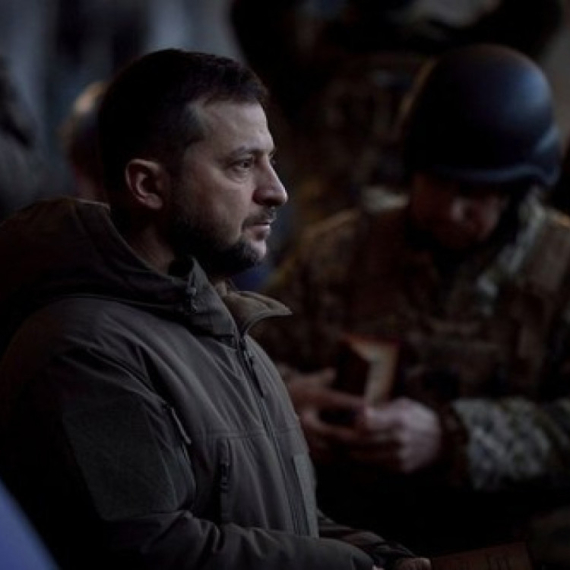
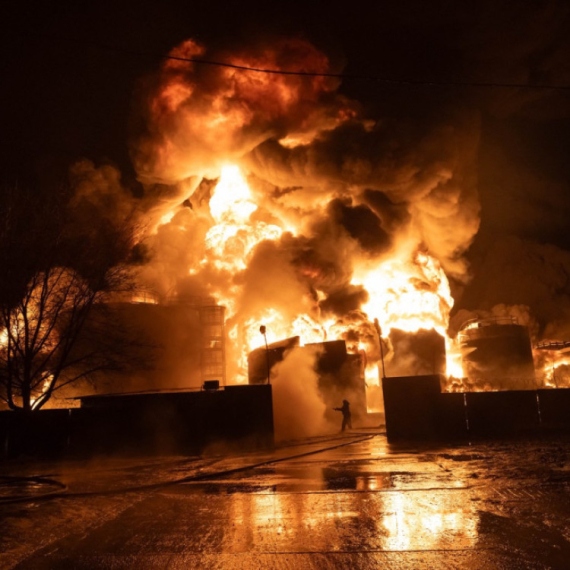

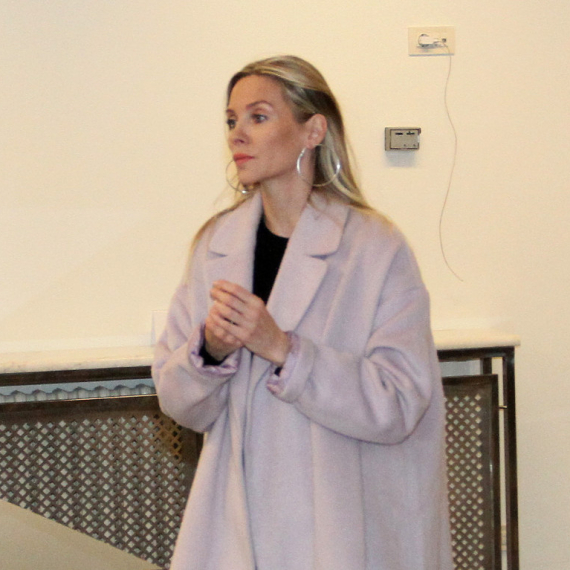



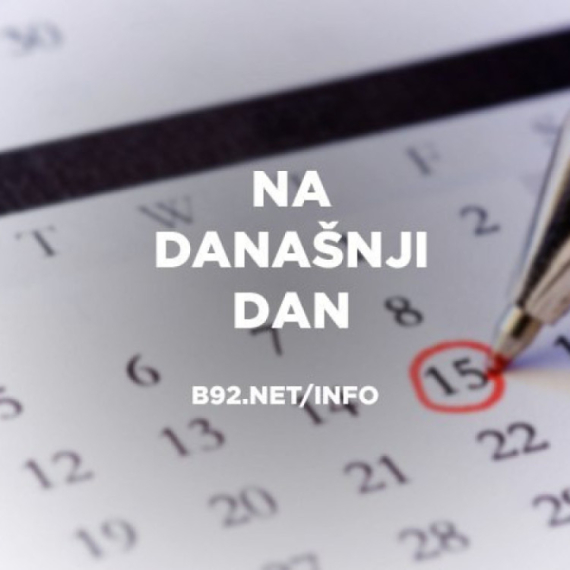
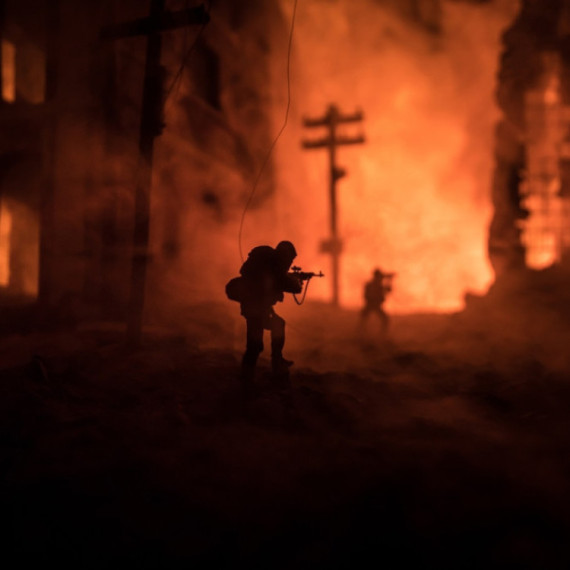
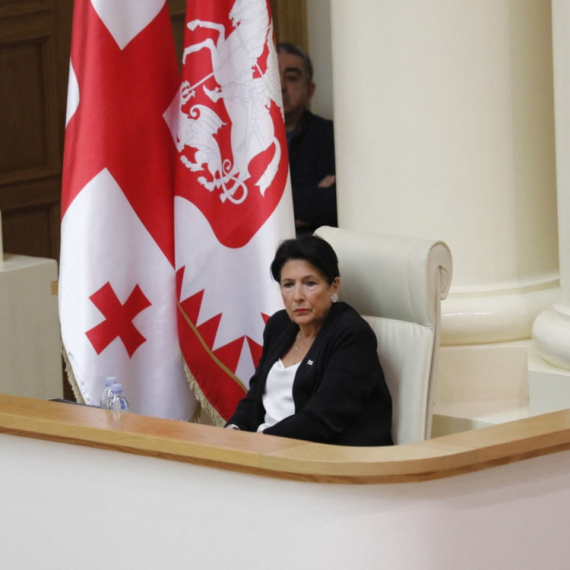
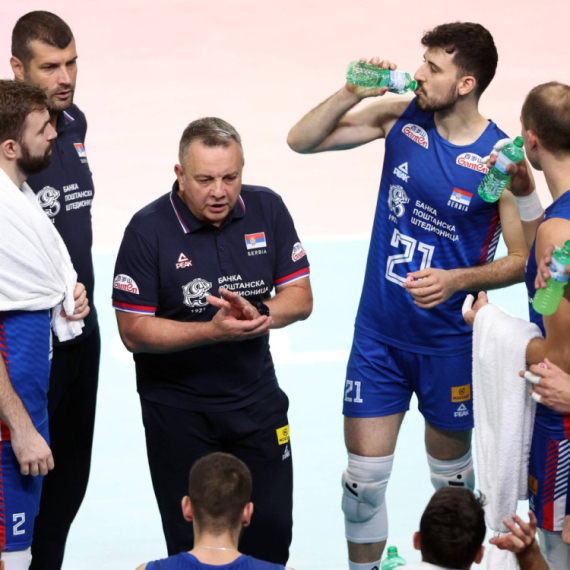




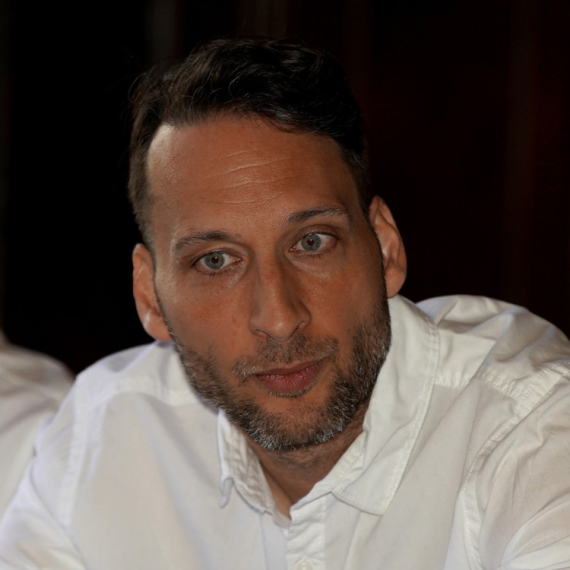
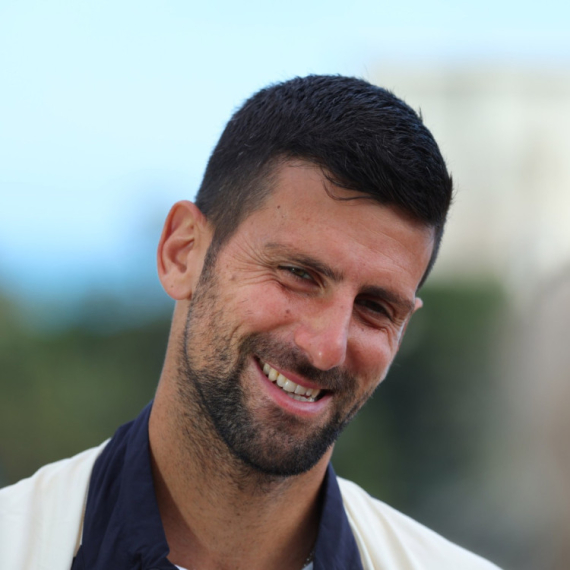



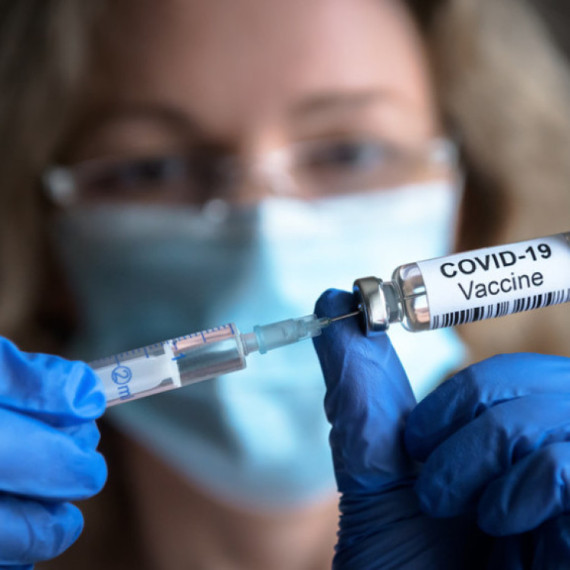

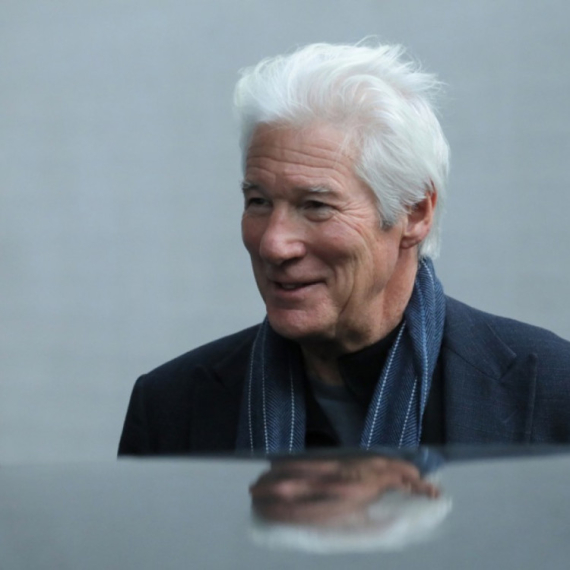

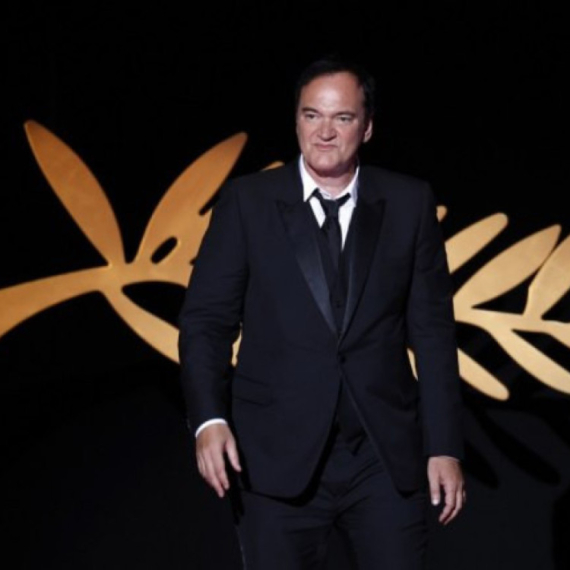

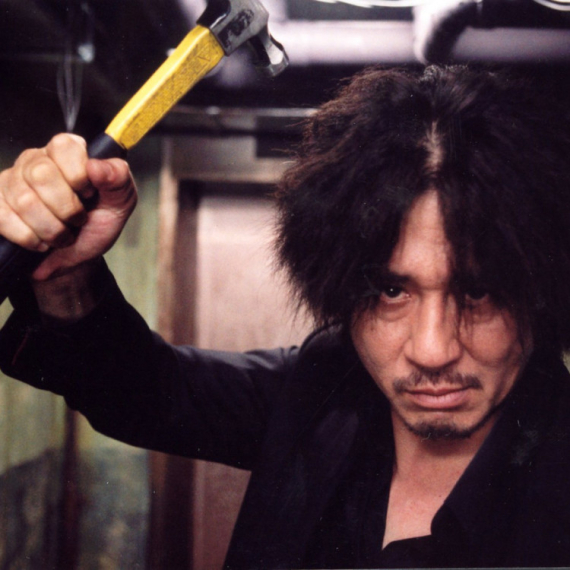





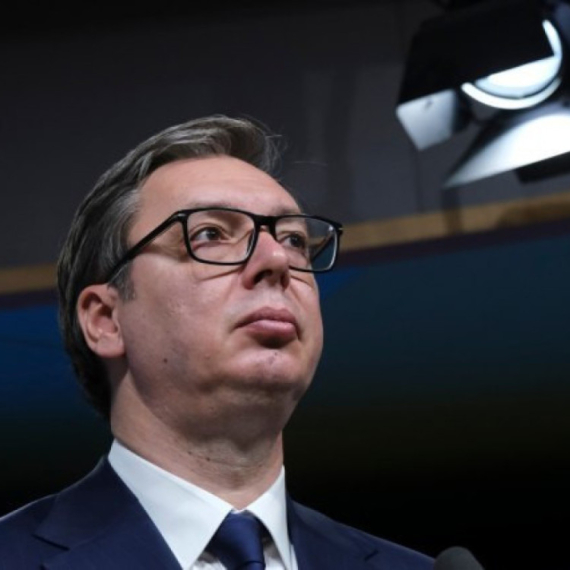

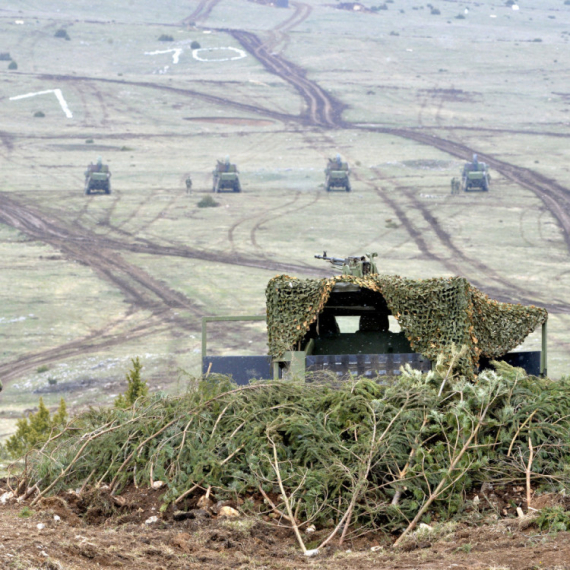
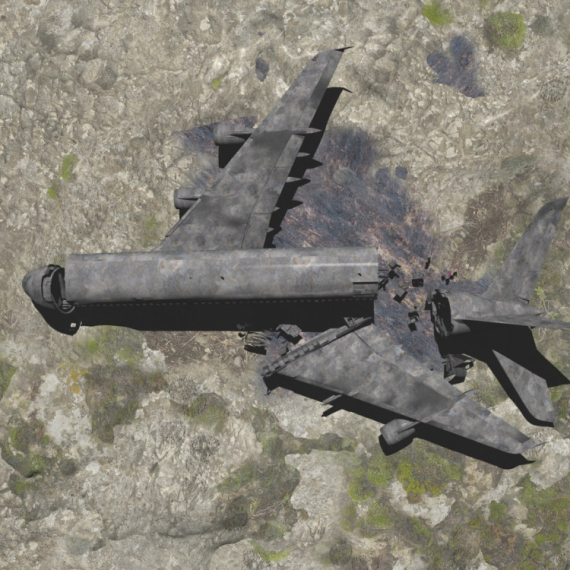
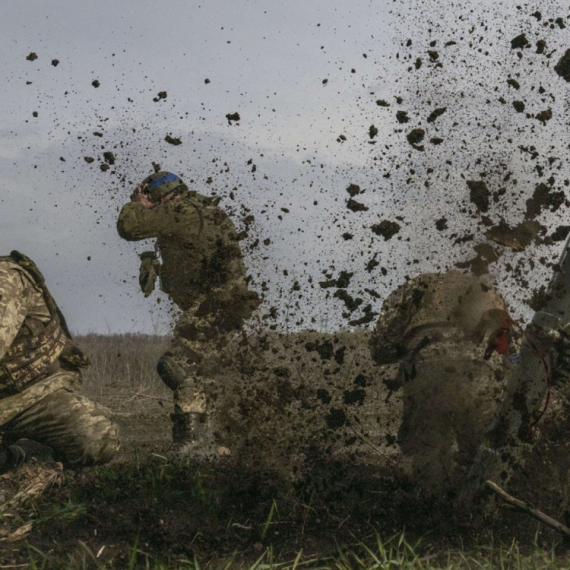




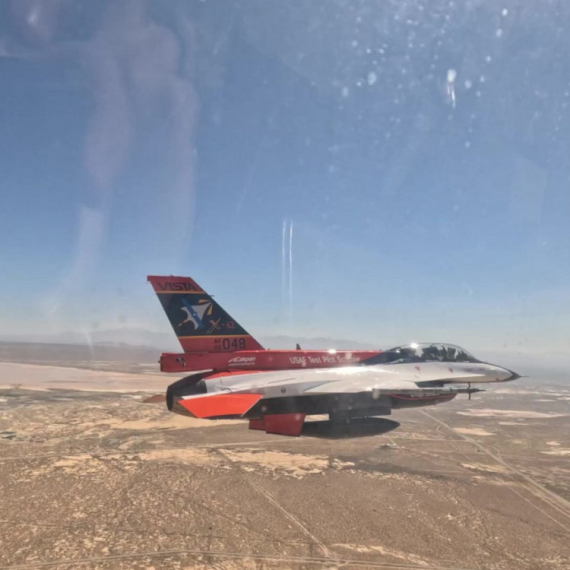





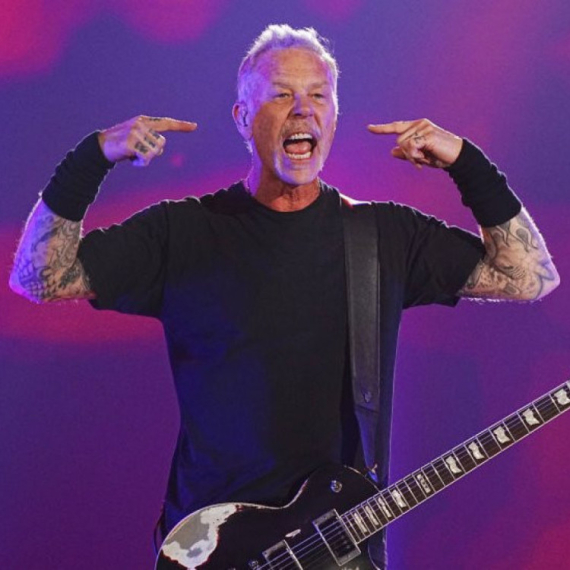

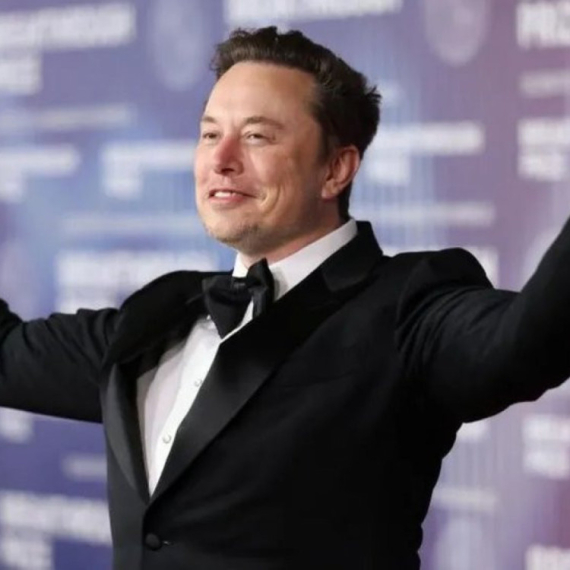
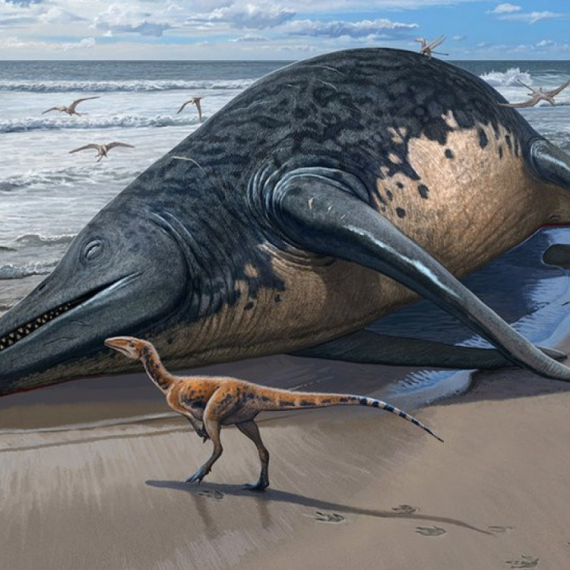


Komentari 5
Pogledaj komentare